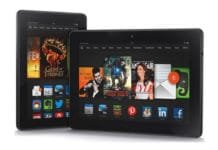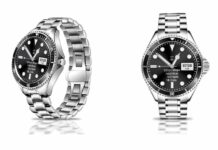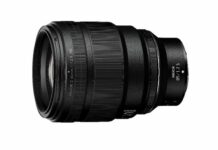All modern machinery and industrial facilities, from plasma screens to vehicles, or landfill sites to power generation systems, are subject to ever stricter environmental regulations. Temperatures, pressures and exhaust gases need to be monitored, measured and controlled so that the machinery is safe and that any production process remains as clean and efficient as possible.
Sensors and controls positioned along a production or processing line as well as those monitoring an undersea oil or gas pipeline have to cope with harsh environments of high temperatures and pressures, while still remaining capable of registering small changes in these variables at any particular point.
Submersible sensors
Temperature and pressure sensors have been designed to withstand submersion in liquids such as water, oil and other fuels and to monitor the situation inside large tanks. They include piezo-resistive and silicon sensing technology that is robust, stable and accurate. Some sensors are designed to maintain a stable performance and accurate measurement even though liquid and temperature levels around it fluctuate.
They can also measure continuous levels in rivers and reservoirs. These sensors can be modified to work in highly viscous environments such as the sludge in a waste water plant. All of the sensors are designed to have a high resolution and a low signal-to-noise ratio.
Stretch sensors
Sensing technology is also developing a softer future. Scientists have developed fabrics that can conduct electricity. Soon, the world will become as accustomed to stretchable electronics as it is already used to stretchable fabrics. The idea is to make a pressure sensitive fabric from flexible polymers and nana carbon. These fabrics register any push or pull as a temperatures and pressures change.
Implants
The ultimate aim is to produce stretchable sensors that can be used in medical applications. The flexible sensor in an implant can adapt to moving body parts. It may send alerts to a remote monitoring unit if something unexpected and potentially dangerous happens. Equally, fabrics or shoes worn by a disabled person may send out alerts when the wearer is in difficulty. It’s a long way from underwater pipelines, power generation plants and vehicles belching exhaust fumes, but the same sensor technology principles apply.
Conclusion
Innovation in sensor technology is developing instruments to monitor conditions in very extreme environments. At the same, flexible sensors may lead the way in new medical applications.
Jane Hughes is fascinated by the possibilities presented by sensors and has therefore been taking an interest in what’s on offer at impress-sensors.co.uk








